An artificial cell, which uses a microfluidics-based approach to engineer a modular and programable artificial‐cell‐on‐chip.
![An Artificial Cell-On-A-Chip [Video]](https://www.advancedsciencenews.com/wp-content/uploads/2019/12/bacteria-359956_1920.jpg)
![An Artificial Cell-On-A-Chip [Video]](https://www.advancedsciencenews.com/wp-content/uploads/2019/12/bacteria-359956_1920.jpg)
An artificial cell, which uses a microfluidics-based approach to engineer a modular and programable artificial‐cell‐on‐chip.
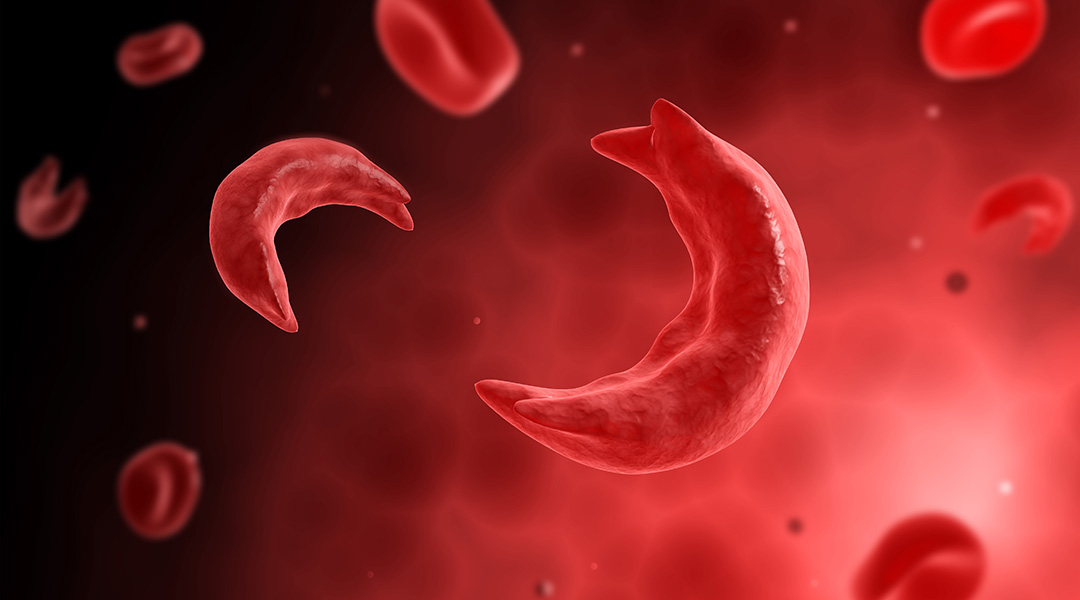
In 2019, CRISPR gene-editing therapy was used for the first time to treat sickle cell disease.
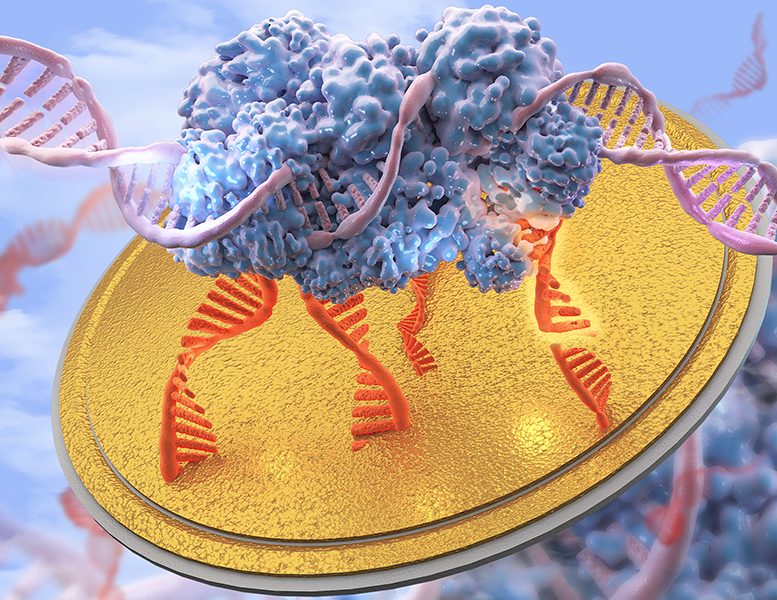
A new use for the revolutionary gene-splicing tool. This new “Electrochemical CRISPR” can quickly and accurately identify viral biomarkers for a range of diseases, including HPV and Parvovirus.
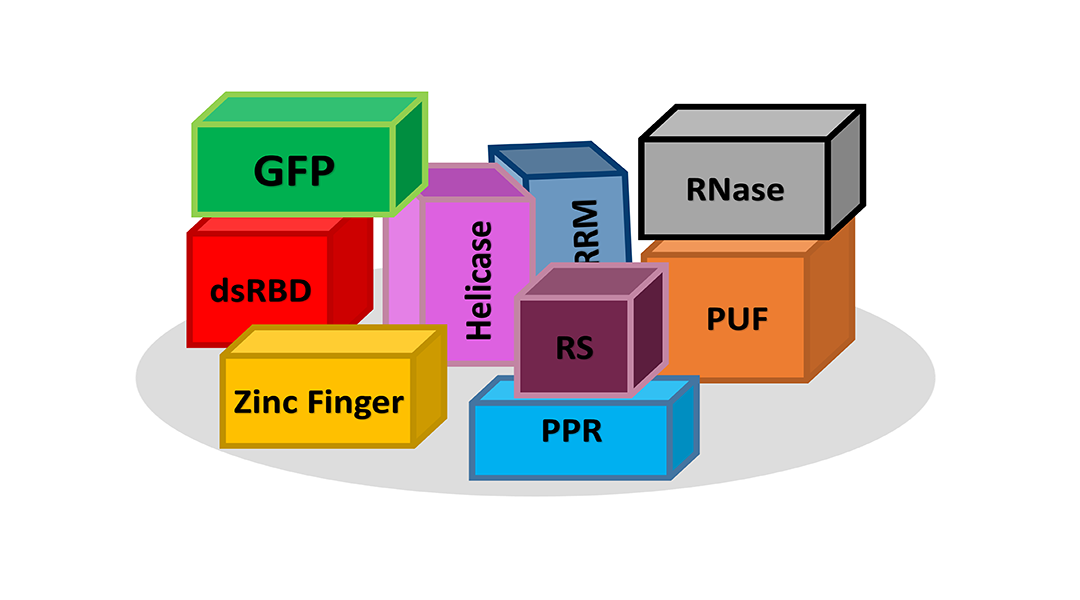
Somewhere in a jumble of protein building blocks may lie the key to unlocking the next generation of therapeutics to improve human health.
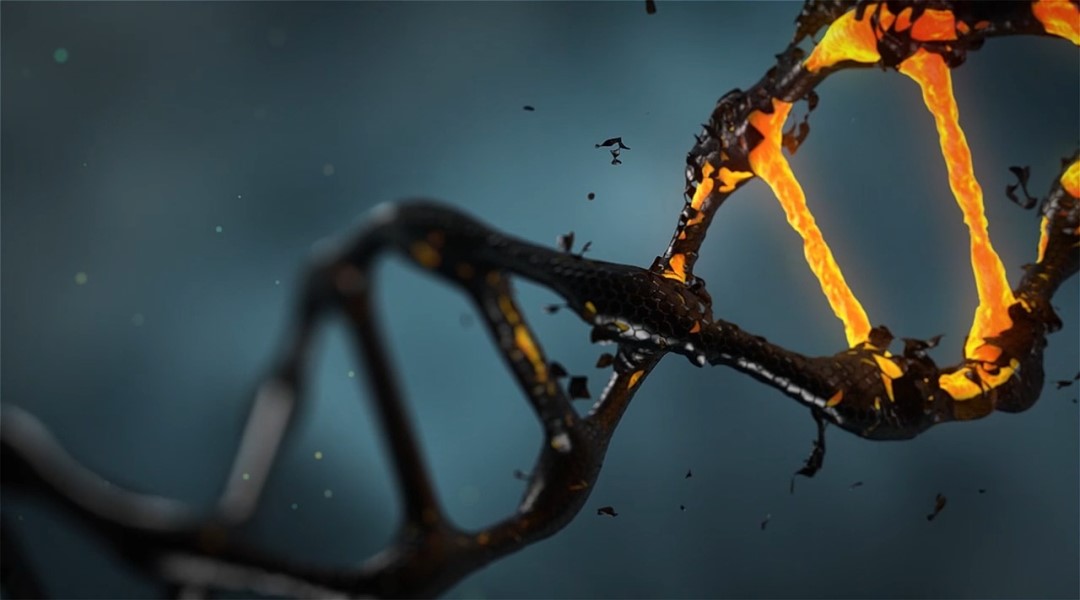
While it might not feel like it, the cells in our body are under constant stress. Cellular exposure to stress such as UV radiation contributes to DNA lesions that the cell responds to by initiating DNA repair pathways. If these lesions are not dealt with, mutations...

Curious, diligent, and always positive, meet Prof. Zhenan Bao and her electronic skin.

Electrospinning is a useful method for preparing non-woven fabrics, and is finding use in creating complex nanostructures.

The 2019 Biopolymers Murray Goodman Memorial Prize winner is Eric T. Kool.
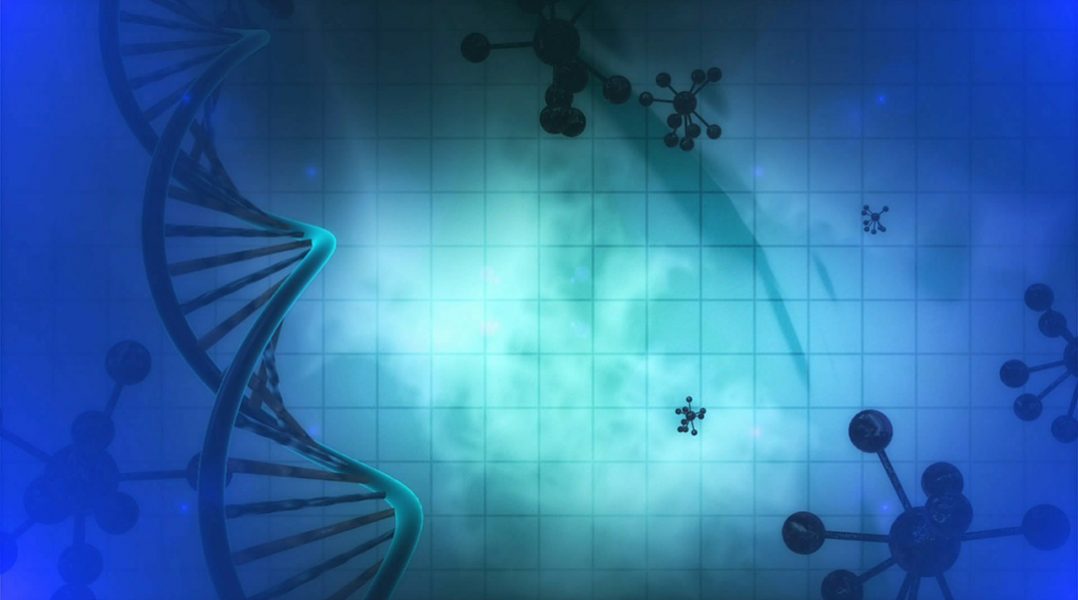
MiRNAs area class of noncoding RNA important for gene expression regulation in many plants, animals and viruses.
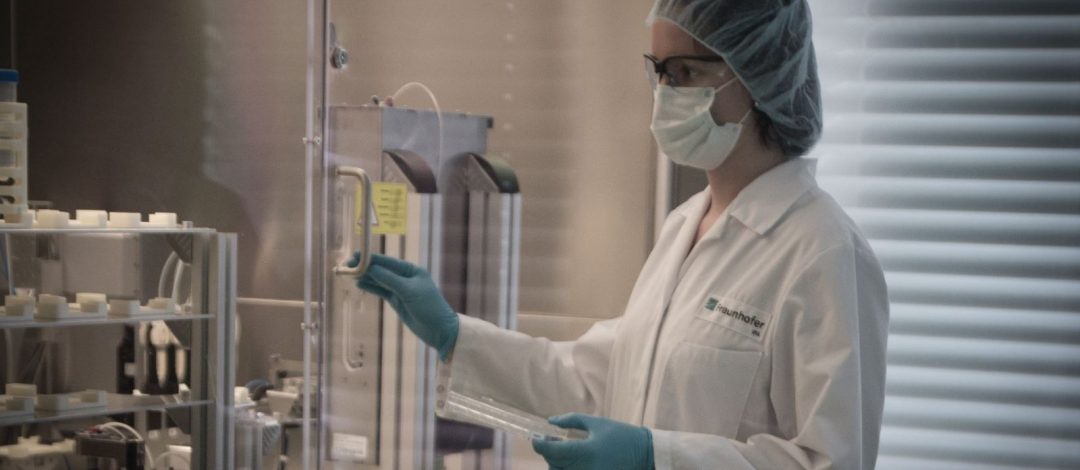
German researchers are developing a technology that produces cell-based biosensors that could give machines a sense of smell.